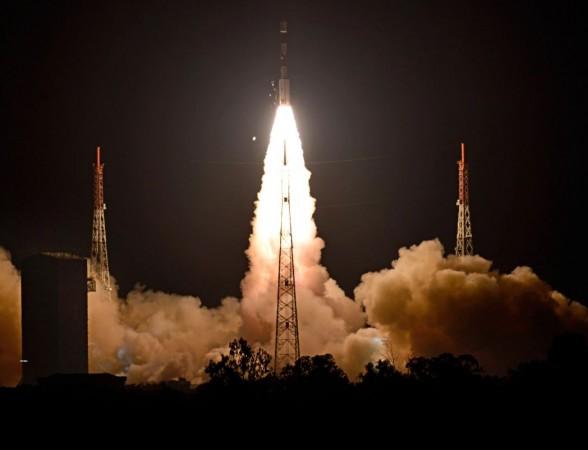
The Indian Space Research Organization (ISRO) may have lost contact with communication satellite GSAT-6A about 48 hours after its launch March 29, but that clearly hasn't dampened its spirits. ISRO is set to have a busy season ahead and is gearing up to launch quite a few satellites, especially for the armed forces.
These satellites, many of them for communication purposes, will reportedly help the forces secure the land and sea in a better way and will aid them when it comes to guarding the country's borders.
Speaking of the upcoming launches, ISRO chief K Sivan told the Times of India: "Together, all these heavy-duty Gsats will provide high-bandwidth connectivity of up to 100 gigabit per second. They will provide high-speed internet connectivity in rural areas as well and help bridge the digital divide."
So what has ISRO lined up? Here are the five satellites that the organization is set to launch this year
GSAT-11 scheduled for May/June
The GSAT-11 is a communication satellite and said to be the "heaviest satellite ever." Weighing about 5,725 kilograms, the GSAT-11 is likely to blast off from the Guiana Space Centre in French Guiana.
The cost of the mission has been pegged at around Rs 500 crore and its payloads have reportedly been built at the Space Application Center in Ahmedabad.
The satellite is known to be very large and each solar panel is reportedly as large as a room and it will carry 40 transponders with 14 gigabit per second (gbps) transfer speed.
GSAT-29 scheduled for June
The GSAT-29 is also a communication satellite, which will be placed in the orbit by the GSLV Mk III D2. It will carry multi-beam and optical communication payloads, which will help bridge the digital divide in rural regions.
The GSAT-29 is likely to blast off from the Satish Dhawan Space Centre in Sriharikota, Andhra Pradesh in June.
GSAT-7A scheduled for September
The GSAT-7A communication satellite will be launched for the Indian Air Force from the Satish Dhawan Space Centre in Sriharikota, Andhra Pradesh in September.
The GSAT-7A will be carried by the GSLV Mk II rocket and the satellite will help the IAF interlink their bases, ground radar stations and the AWACS aircraft. Not just that, this will also improve the force's global operations.
The GSAT-7A will be similar to the GSAT-7, also called Rukmini, which ISRO launched for the Indian Navy in 2013. After the launch, Rukmini was able to network about 60 ships and 75 aircraft.
Chandrayaan-2 scheduled for October
This is said to be one of the toughest and most important missions of ISRO. It was earlier said that ISRO would launch India's second moon mission in April, but Sivan has now said that Chandrayaan-2 will take off in October.
The spacecraft will be carried by heavy-payload lifter GSLV Mk II and will weigh about 3,290kg, which includes an orbiter, a rover and a lander to the moon.
The mission is said to be worth Rs 800 crore (about $123 million) and the satellite will spend 14 moon days on the surface, where it will carry out several tests. The rover will then send images and other information about the moon's surface back to the earth.
Risat-2A scheduled for the end of the year
The Risat-2A is an advanced remote sensing satellite meant for general surveillance and will be launched from the Satish Dhawan Space Centre in Sriharikota, Andhra Pradesh, by the end of 2018. It will be launched by a PSLV rocket and will help in observation of the earth.









!['Had denied Housefull franchise as they wanted me to wear a bikini': Tia Bajpai on turning down bold scripts [Exclusive]](https://data1.ibtimes.co.in/en/full/806605/had-denied-housefull-franchise-they-wanted-me-wear-bikini-tia-bajpai-turning-down-bold.png?w=220&h=138)



